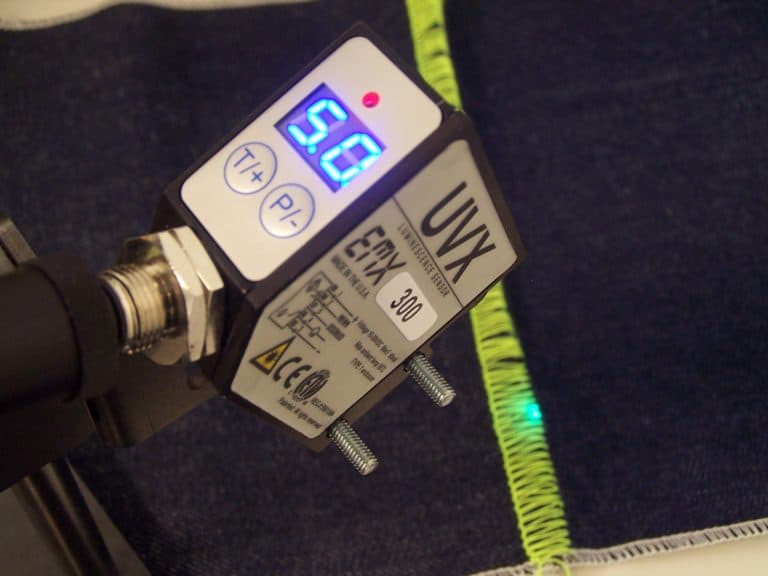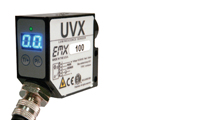Luminescence as a solution
Tuesday, 10. October 2017
UV sensors solve industry challenges |
||||||||||||||
| UV luminescent sensors can solve a variety of industry challenges that would be too expensive or complicated using other methods. | ||||||||||||||
|
|
||||||||||||||
 |
||||||||||||||
| So where will UV sensors work? Some materials are naturally fluorescent. Starches, for example, glow bright blue under UV; many natural greases glow, too, as well as some adhesives and some paints. It’s possible to detect the presence or absence of any of these with little or no modification. Some engineers don’t consider UV sensors because they don’t think of their targets as having UV properties, but almost anything can be made UV responsive. For things that do not fluoresce naturally, it’s possible to add fluorescent pigments, paints, or inks. Some of these substances have a color of their own, some are white, and some are completely clear under visible light and can therefore be used to put invisible markings on transparent objects. Pigments can be added to many existing materials (plastics, for example) with minimal effect on their properties, while various coatings can be applied by any number of methods—printing, brush, pen, spray, dipping, and so on. In some cases, the simplest technique is to apply a mark using either contact (pens, brushes, stamps, crayons, chalk) or non-contact (spray, jet) methods. Some marking materials are permanent and others are meant to be washed off. Some are visible and others are transparent except when exposed to UV light. Applications:
|
||||||||||||||
Products and series for this article |
||||||||||||||
|
||||||||||||||
| Original text from our partner EMX Industries Inc. Click here for the original article | ||||||||||||||



